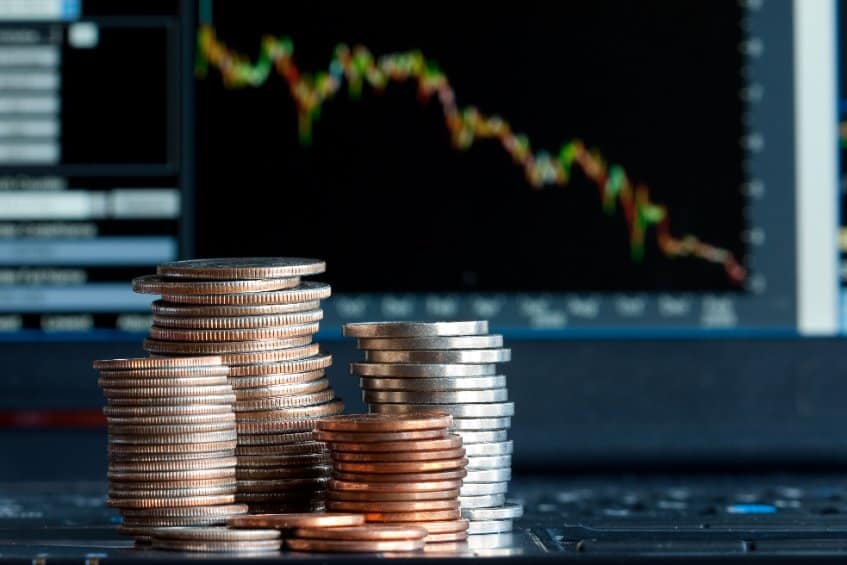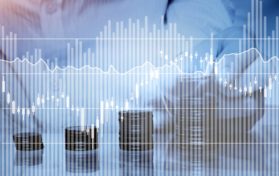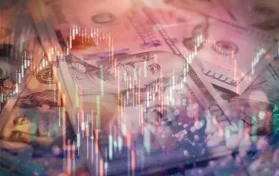
Wednesday morning saw the release of yet another historical inflation rate, the highest since December 1981. The latest inflation rate for the month of June was 9.1 percent, up 1.3 percent from May 2022. Economists had predicted the inflation rate would be 8.8 percent, but the actual numbers surpassed the estimates. This is the fourth month in a row that the end numbers were higher than predicted.
Core prices, which do not include the volatile commodities of food and fuel, rose 5.9 from the same time period in 2021. When considering a month-to-month comparison, core prices rose by 0.7 percent from the end of May.
This is a higher percentage than in either the months of April or May, which indicates that inflationary pressures “remain strong and widespread.”
The extensive price increases likely mean that inflation isn’t nearly at its peak, even though economists had hoped the peak was on the horizon.
Consumers are paying more for almost every necessity, and grocery store shelves are still sparse in some places across the nation. The food index rose one percent in June. Staples such as eggs are up by 33.1 percent, and milk is up by 16.4 percent. Chicken is up by nearly 19 percent, while bread is up by nearly 11 percent. Breakfast foods are up as well – coffee is up by 15.8 percent, and bacon is up by 11.9 percent.
Energy prices, excluding fuel, are up by 7.5 percent in June. Most consumers are seeing a significant rise in their utility bills as a result. Gas is up by 60 percent since June 2021, and it’s 11.2 percent higher than May 2022. The cost of shelter is up by 5.7 percent.
Shelter costs accounts for at least one third of the consumer price index.
Senate Minority Leader Mitch McConnell commented on the inflation rate for June: “These are staggeringly, staggeringly bad numbers, and they were fueled directly by the reckless spending spree the Democrats ran through on the party line just last year.”
Many lawmakers pointed out that Democrat Joe Manchin (WV) is the sole Democrat that has been able to stop the Build Back Better agenda, which would have vastly increased government spending.
Robert Frick, a corporate economist with the Navy Federal Credit Union, described the latest CPI statistics as a “shock.” Frick also noted that this is a global problem, and he noted that inflation is affecting every part of the economy.
The stock market took a slight tumble on news of the CPI and the latest inflation rate.
The average American is paying more for everything, from clothing to food to gas prices and even utilities. Some estimates show Americans are spending an extra $5,000 each year in order to buy the same things they could buy last year for a much cheaper price.
Low-income Americans are being hit hardest by the surge in prices. Those living paycheck-to-paycheck are being affected the most by the volatile fluctuations in consumer prices.
Any wage gains that Americans are seeing are being lambasted by the ever-surging inflation. Real average hourly earnings fell by one percent in June (when compared with May) when the price of goods is factored into the equation. The Labor Department says that real earnings has slipped by 3.6 percent during the month of June.
President Biden released a statement after the Labor Department’s findings were released early Wednesday morning. He said that inflation is “unacceptably high” but he also said that the numbers are “out-of-date,” citing a 40 cent drop in the average price of a gallon of gas in the last two weeks.
Americans, understand, however, that the CPI data does not measure food and fuel.
Once again, the president blamed supply chain issues, the Russian invasion into neighboring Ukraine, and greedy corporations. Economists, however, are laying the blame at another area – “an unprecedented level of government spending” as well as a “stronger-than-expected economic recovery” in the wake of COVID-19.





